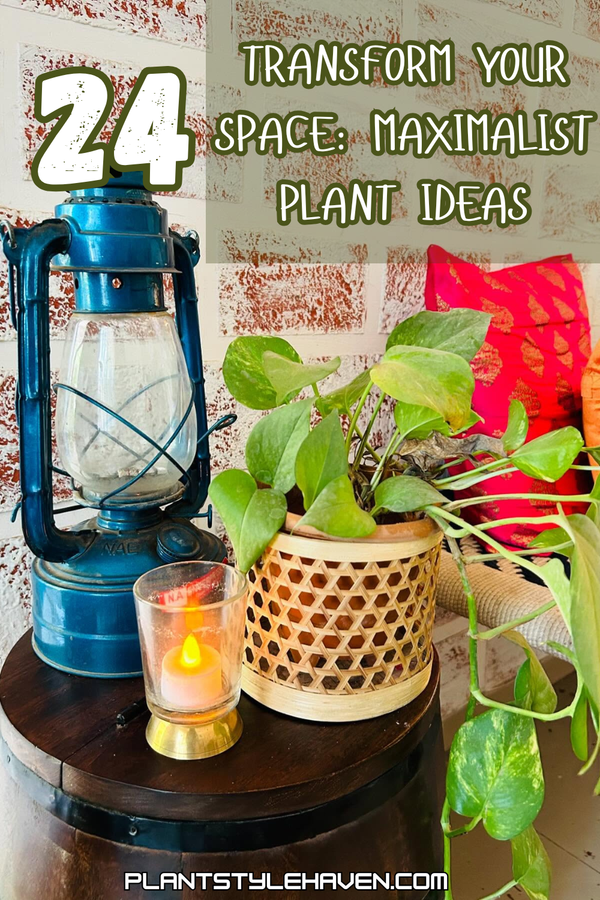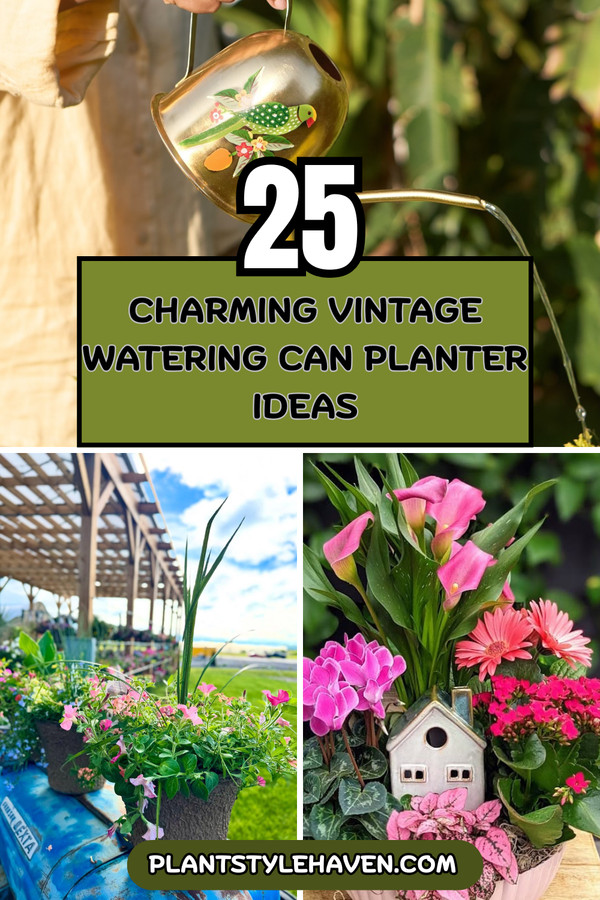17 Ways to Maximize Natural Light for Your Plants

Are your indoor plants looking a little lackluster? You might be surprised to learn that inadequate natural light could be the culprit. Most plant enthusiasts are unaware of just how crucial sunlight is for their leafy companions. But fear not! With a few strategic tweaks, you can transform your home into a sunlit haven for your green friends. This article will guide you through practical, beginner-friendly tips to ensure your plants bask in the glow they deserve. Let's dive into these simple yet effective strategies for maximizing natural light for plants.
1. Choose South-Facing Windows
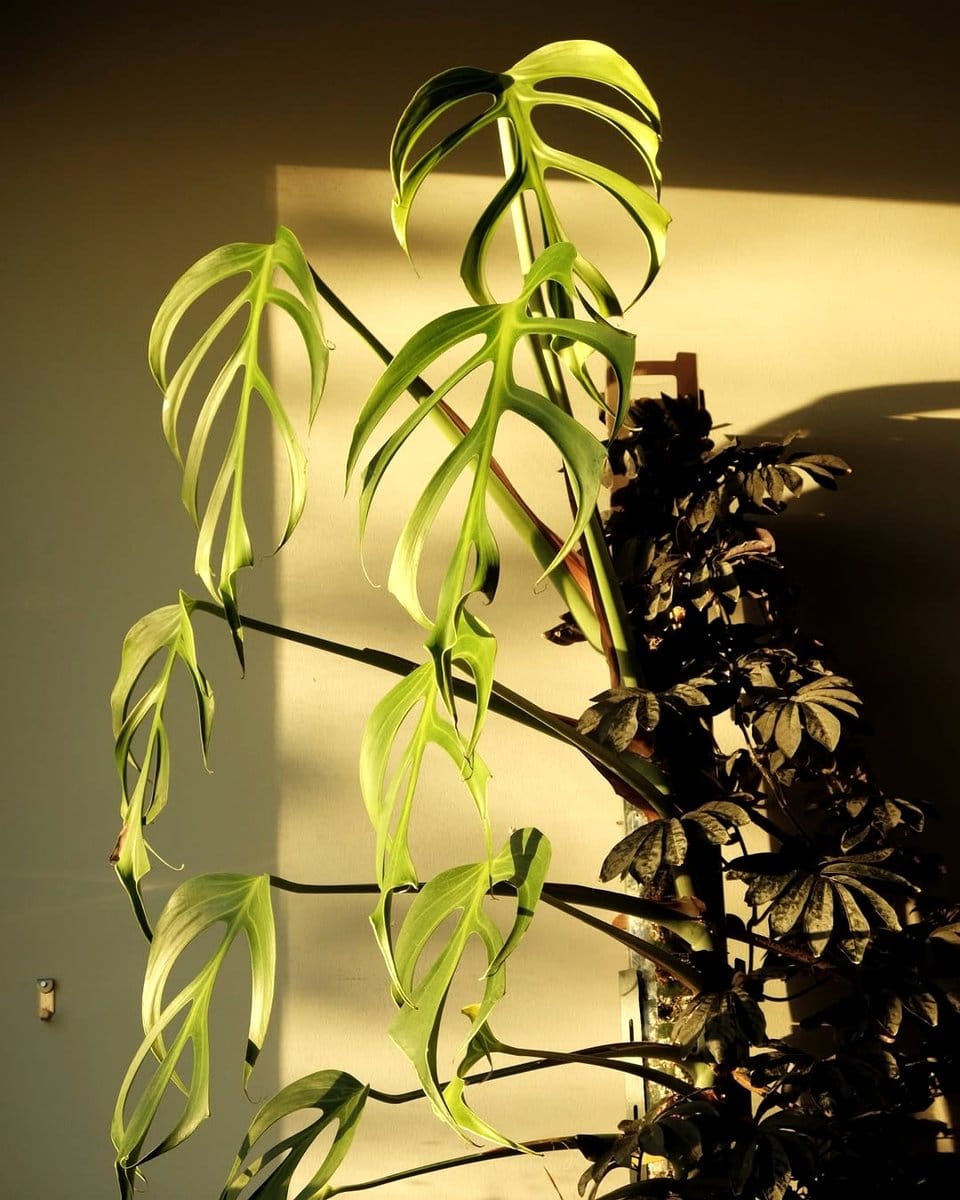
South-facing windows provide the most consistent and direct sunlight throughout the day. They are ideal for light-loving plants like succulents and cacti. Positioning your plants near these windows can significantly boost their growth. If you're limited in space, consider hanging planters or using shelves to maximize light exposure. Remember to rotate your plants occasionally to ensure even light distribution and prevent lopsided growth.
2. Use Sheer Curtains
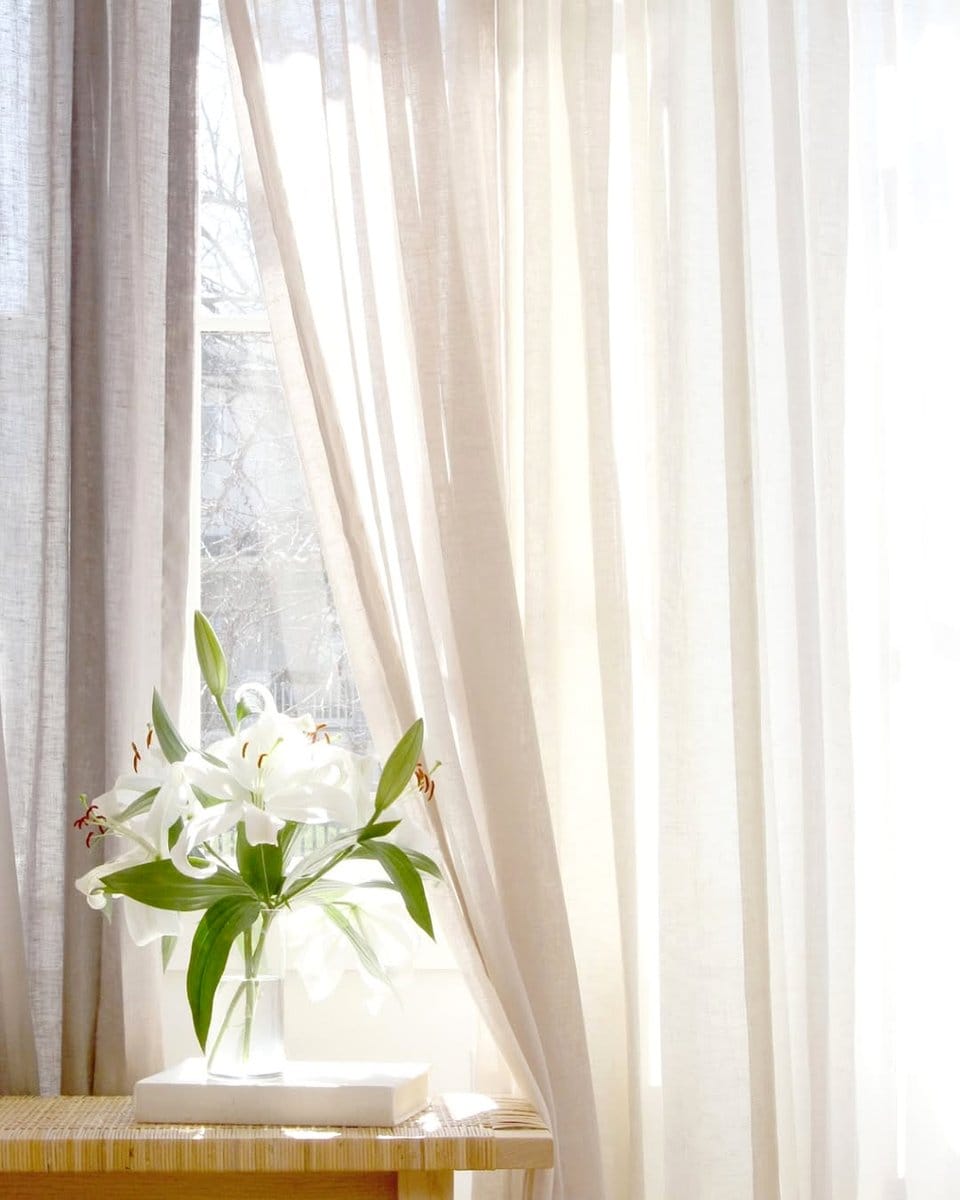
Sheer curtains can diffuse harsh sunlight, creating an ideal environment for plants that prefer indirect light. This is especially beneficial during the intense midday sun, which can scorch delicate leaves. Opt for light-colored, airy fabrics to maintain brightness while protecting your plants. These curtains are a stylish way to soften the light entering your space, adding a gentle glow that enhances both your interior and your plants' health.
3. Opt for Light-Colored Walls

Light-colored walls, especially white or pastel shades, reflect sunlight more effectively than darker hues. This reflection can help brighten up your space, allowing your plants to receive more natural light. Consider repainting your walls or even using light-colored wallpapers to amplify the available light. This simple change can create a more inviting environment for your plants to thrive.
4. Install Reflective Surfaces
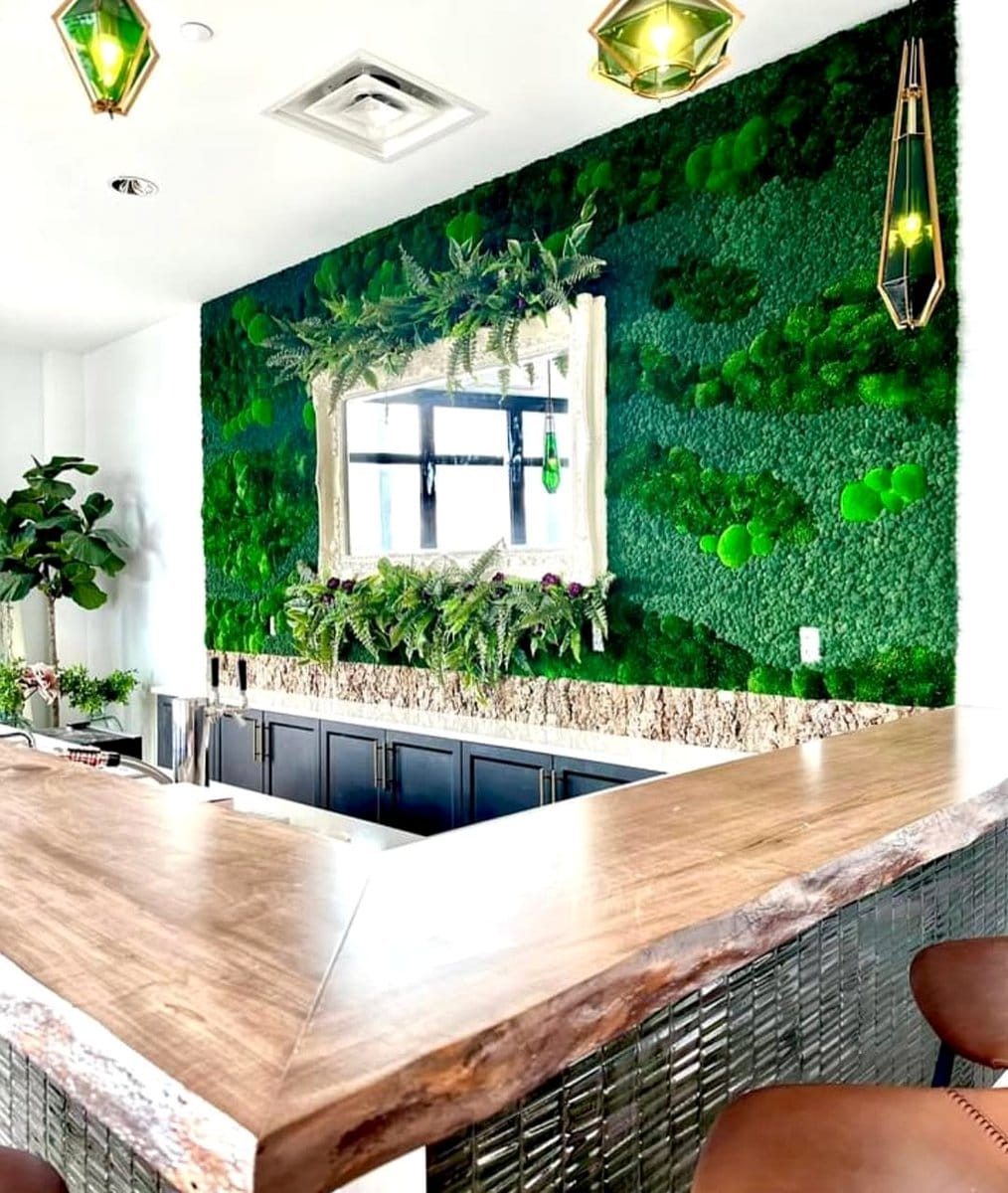
Mirrors and other reflective surfaces can work wonders in bouncing light around a room. Place a large mirror opposite a window to maximize the amount of natural light your plants receive. You can also use metallic or glossy surfaces to achieve a similar effect. This trick not only helps your plants but also creates the illusion of a larger, brighter room.
5. Rotate Your Plants Regularly
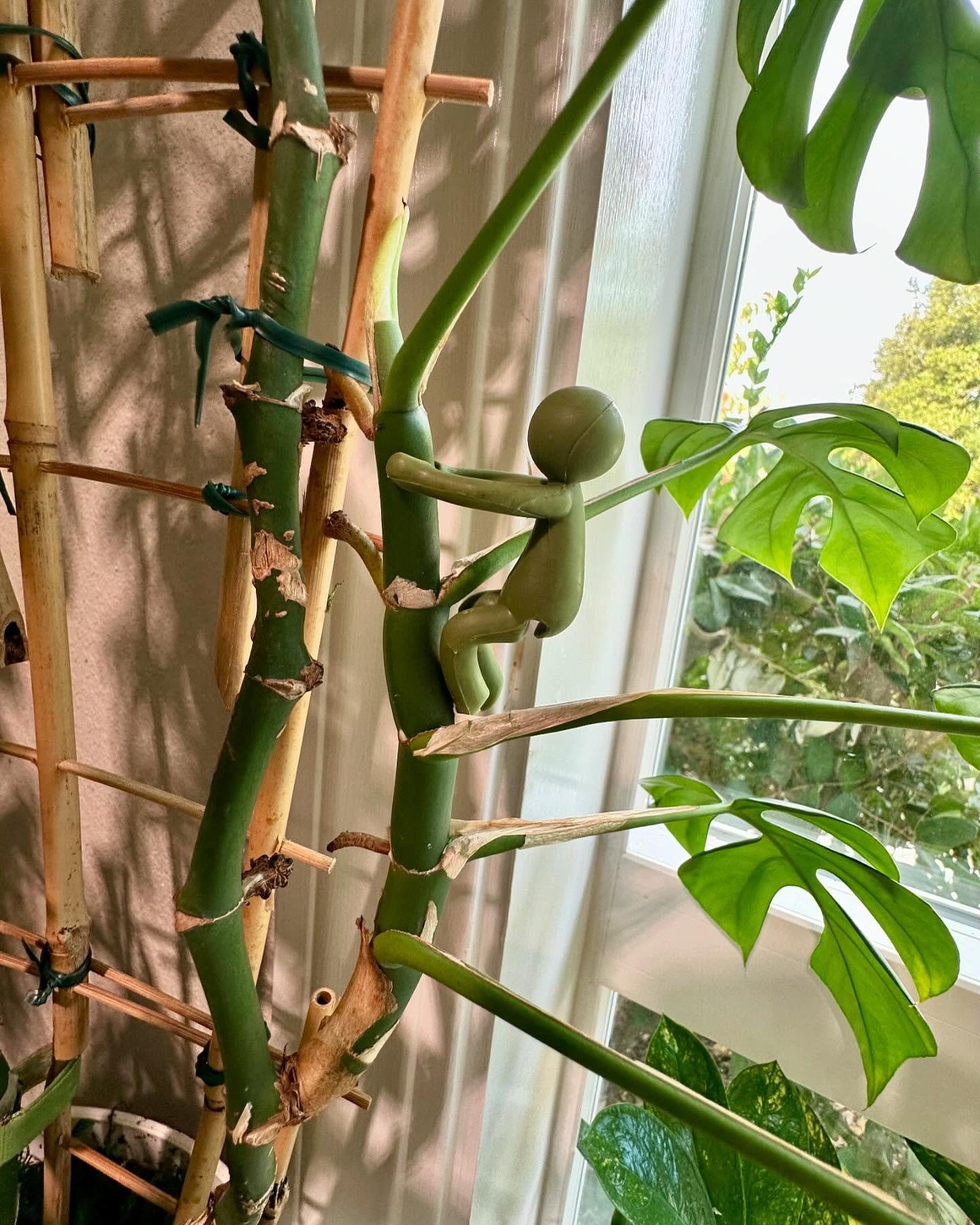
Rotating your plants ensures they receive even light exposure, which is crucial for balanced growth. This simple practice prevents your plants from leaning towards the light source and promotes symmetrical development. Aim to rotate your plants every week or two, adjusting based on their light requirements and growth patterns. Consistent rotation keeps your plants healthy and aesthetically pleasing.
6. Utilize Plant Stands

Plant stands elevate your greenery closer to the light source, especially useful for lower light areas. They also allow you to layer plants at different heights, ensuring each one receives adequate light. Choose stands that complement your interior design, turning your plants into a decorative focal point. This setup is perfect for creating a vibrant, multi-level plant display.
7. Clean Your Windows
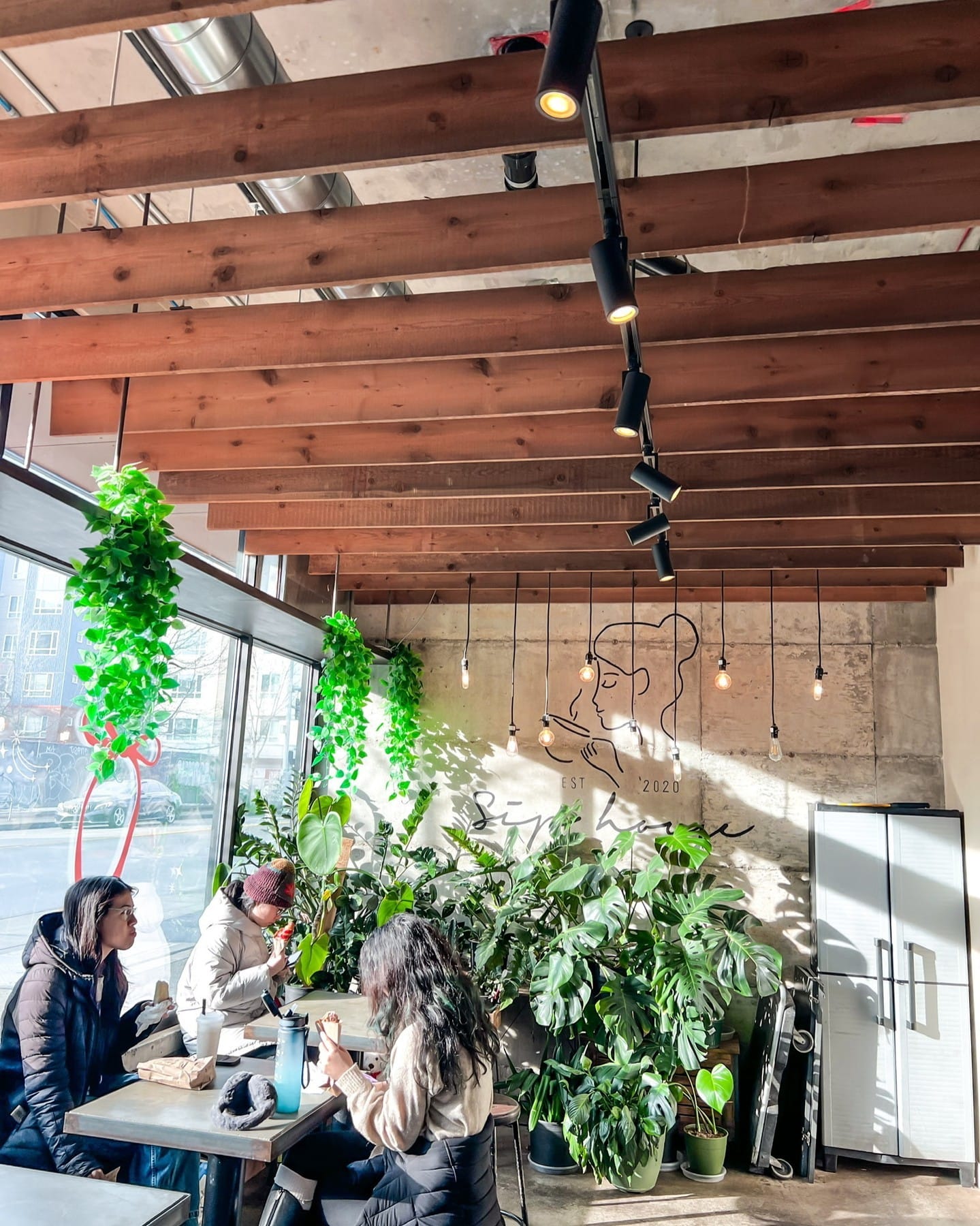
Dust and grime can accumulate on windows, obstructing natural light. Regular cleaning ensures your plants receive the maximum amount of sunlight possible. Use a non-toxic cleaner to avoid harming your indoor air quality and plant health. Clean windows not only benefit your plants but also enhance the overall brightness and appeal of your living space.
8. Use Light Shelves
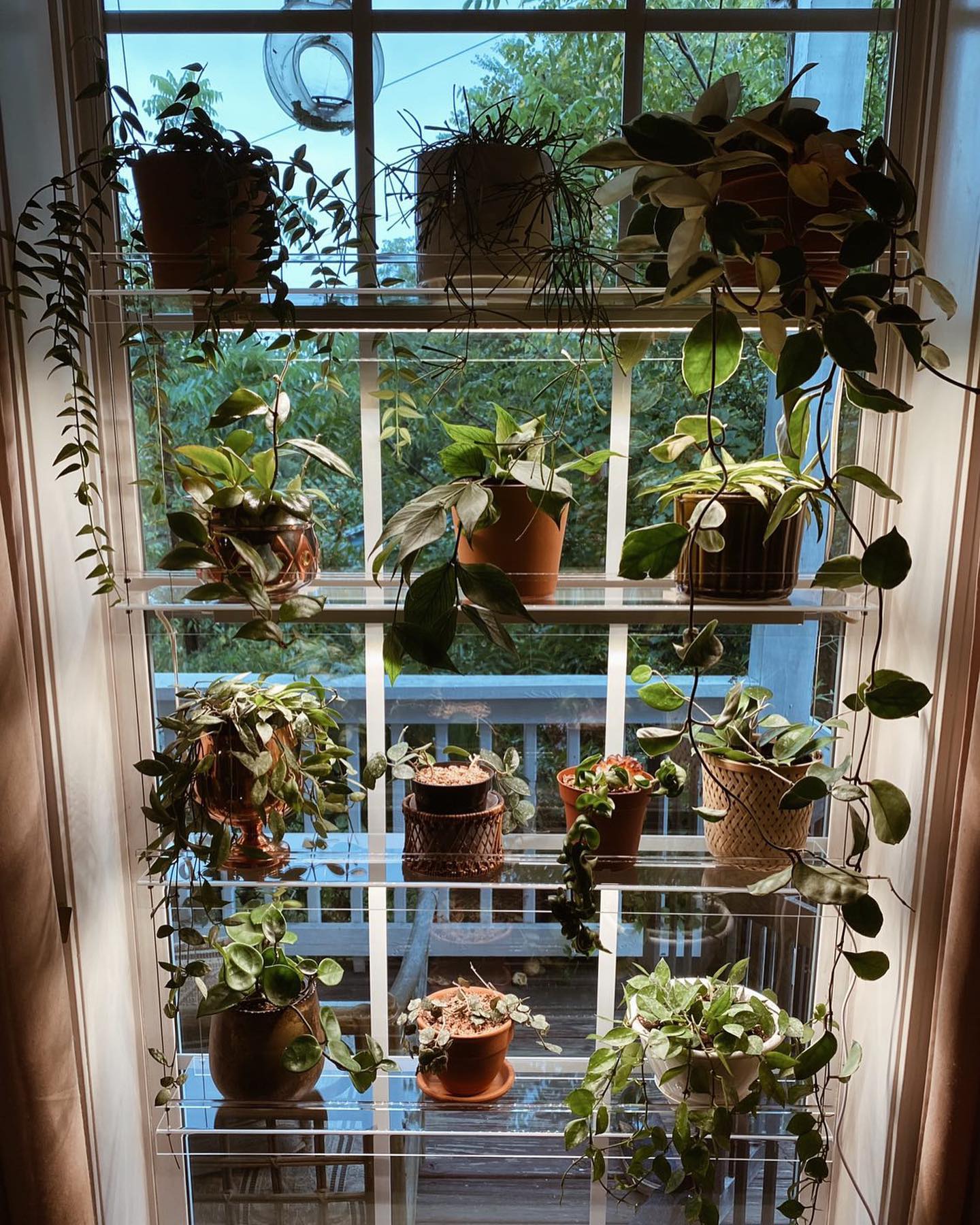
Light shelves are a fantastic way to maximize vertical space and sunlight exposure. These shelves are typically placed near windows and can hold multiple plants at varying heights. Opt for adjustable shelves to accommodate different plant sizes and light needs. This efficient use of space allows you to house more plants without compromising their access to natural light.
9. Prune Overgrown Foliage
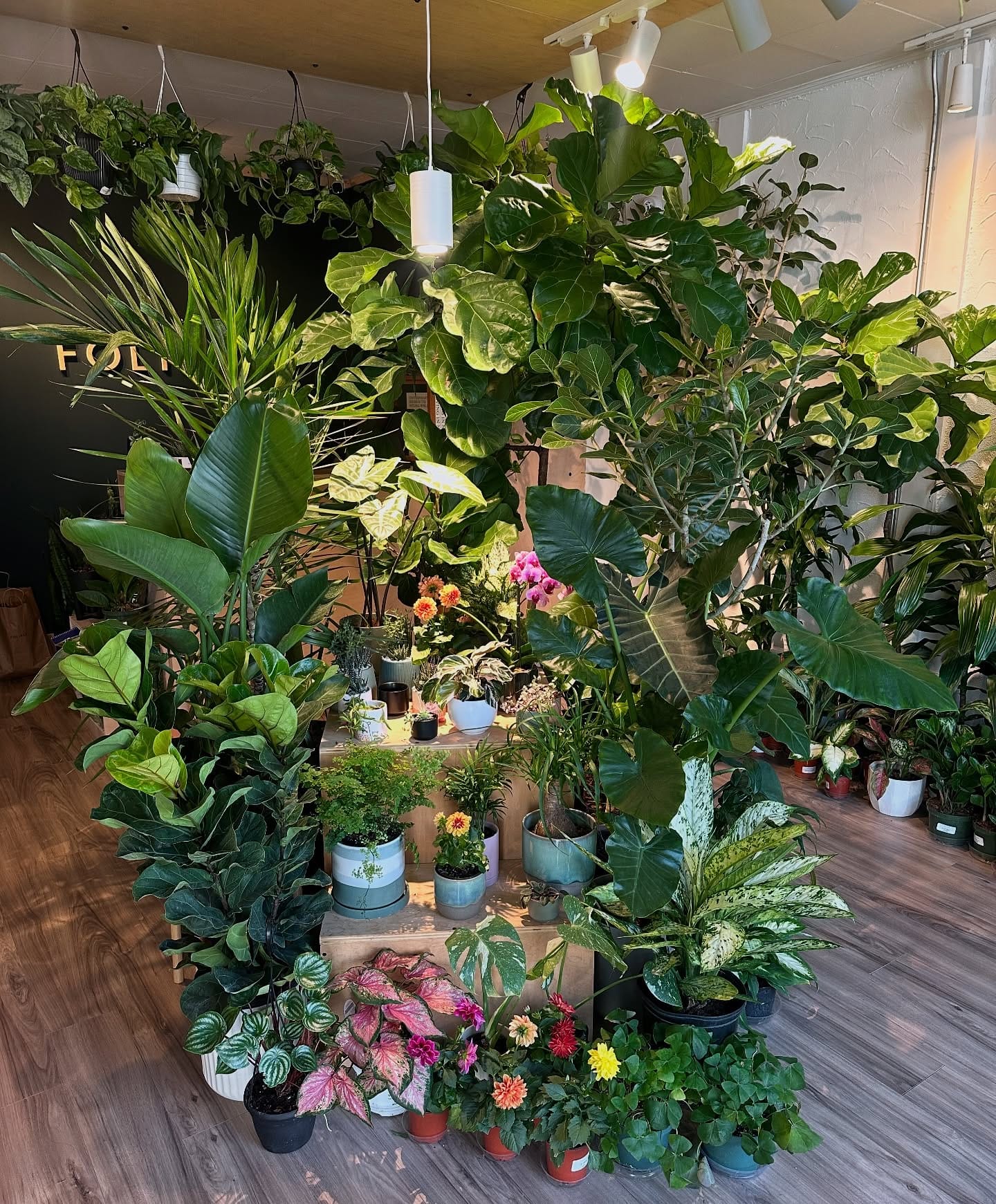
Overgrown foliage can block sunlight from reaching lower leaves. Regular pruning helps maintain optimal light penetration and encourages healthier growth. Use clean, sharp pruning shears to remove dead or excessive leaves, focusing on areas that shade other parts of the plant. Pruning also improves air circulation, reducing the risk of disease and pests.
10. Consider Skylights

If you're serious about maximizing natural light, consider installing skylights. They provide direct overhead sunlight, perfect for light-hungry plants. Skylights can transform darker rooms into lush, green sanctuaries. While installation can be an investment, the long-term benefits for your plants and home ambiance are worth considering.
11. Rearrange Furniture
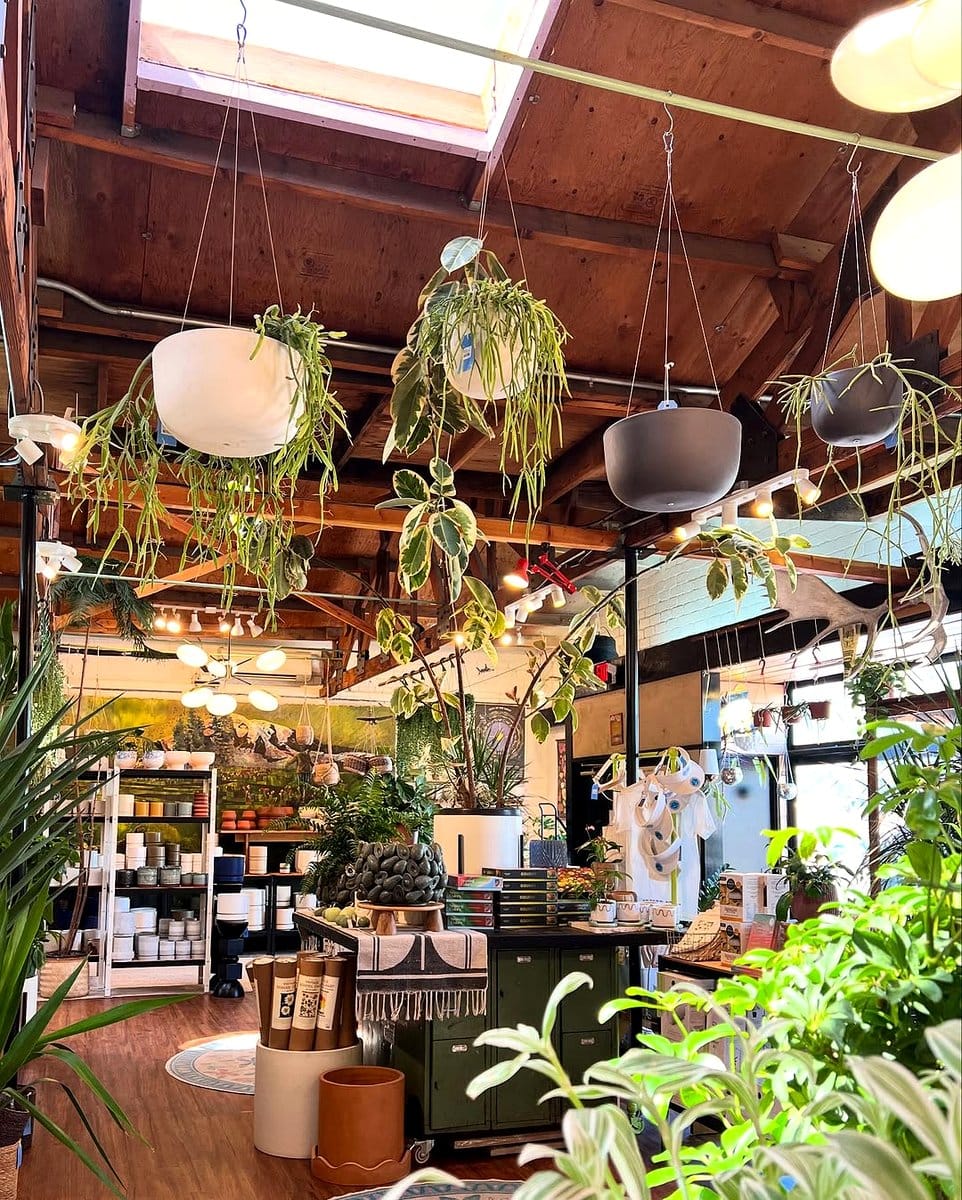
Sometimes, all it takes is a little rearrangement to improve light access. Move furniture away from windows or position it to avoid blocking light pathways. This simple adjustment can make a big difference in how much light reaches your plants. Experiment with different layouts to find the most light-efficient configuration for your space.
12. Use Reflective Mulch
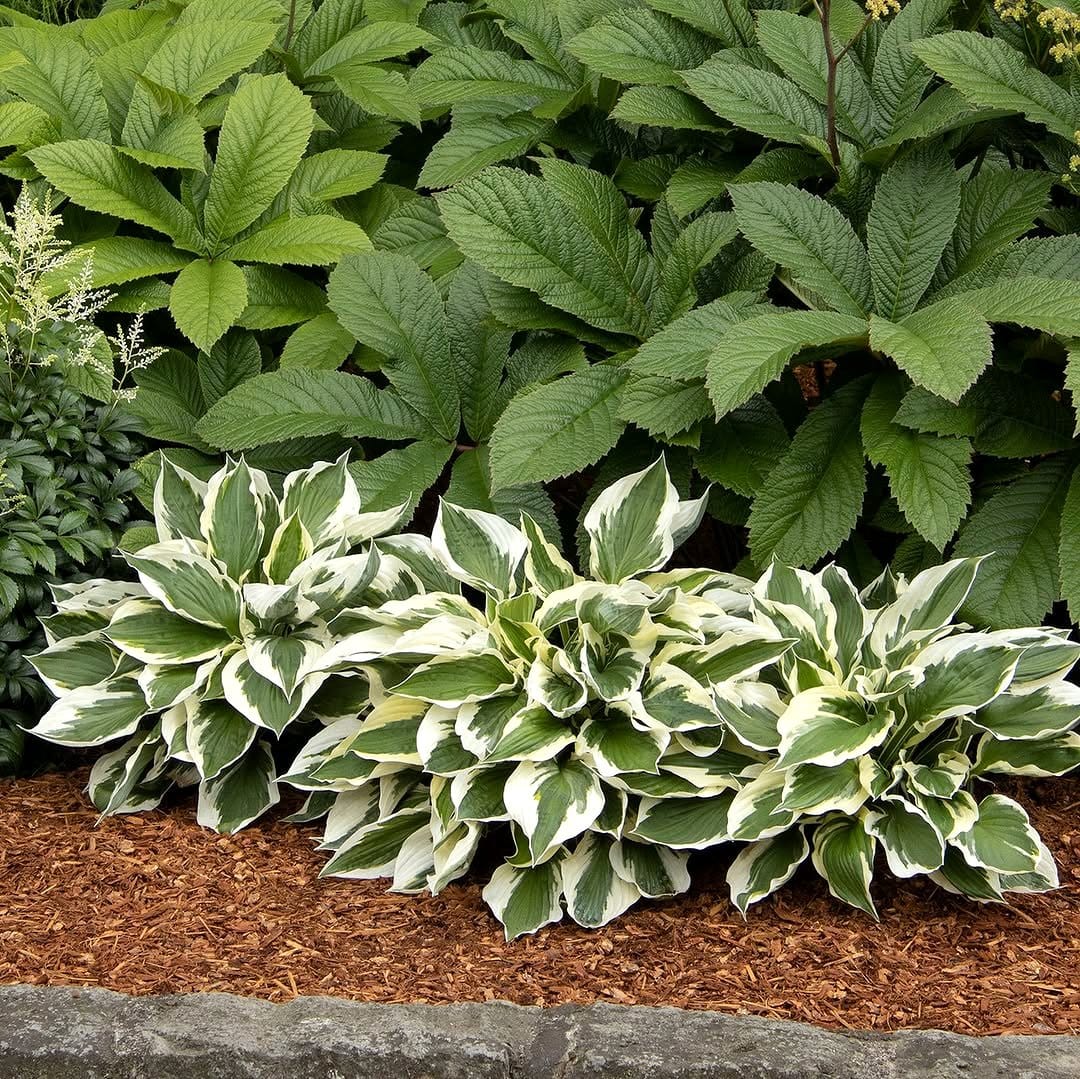
Reflective mulch, made from materials like aluminum foil, can enhance light distribution around your plants. Place it on top of the soil to bounce light up towards the leaves, providing a subtle boost in light exposure. This technique is particularly useful for plants located in less-than-ideal lighting conditions.
13. Try Hanging Planters

Hanging planters are an excellent way to make use of overhead space and increase light exposure for trailing plants. Hang them near windows to take advantage of natural light, creating a dynamic and visually appealing arrangement. This method is great for small spaces where floor and shelf space is limited.
14. Incorporate Glass Doors
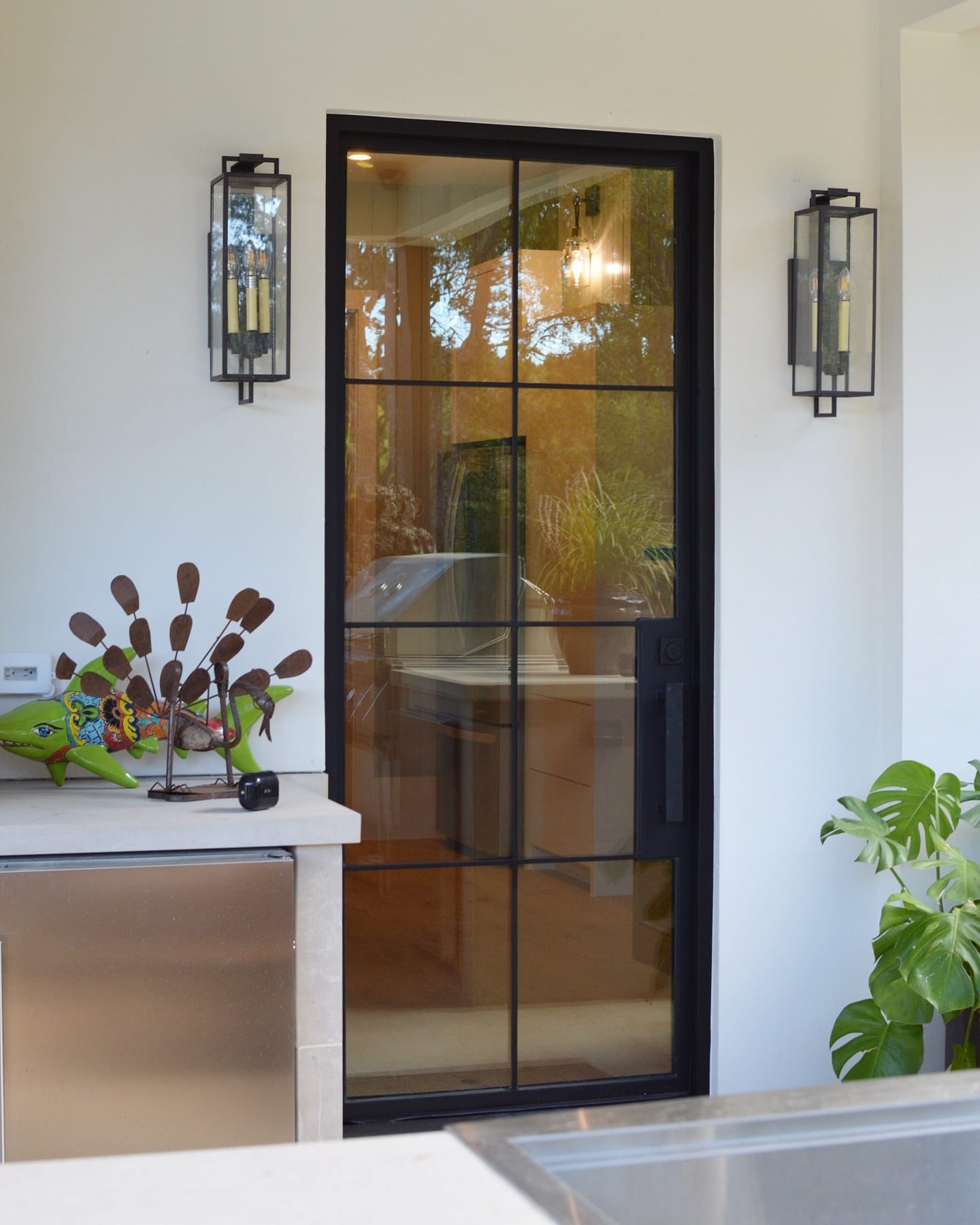
Glass doors can significantly increase the amount of natural light entering a room. Consider replacing solid doors with glass alternatives, especially in rooms where plants are kept. This change not only enhances light access but also creates a seamless connection between indoor and outdoor spaces.
15. Install Light Tubes
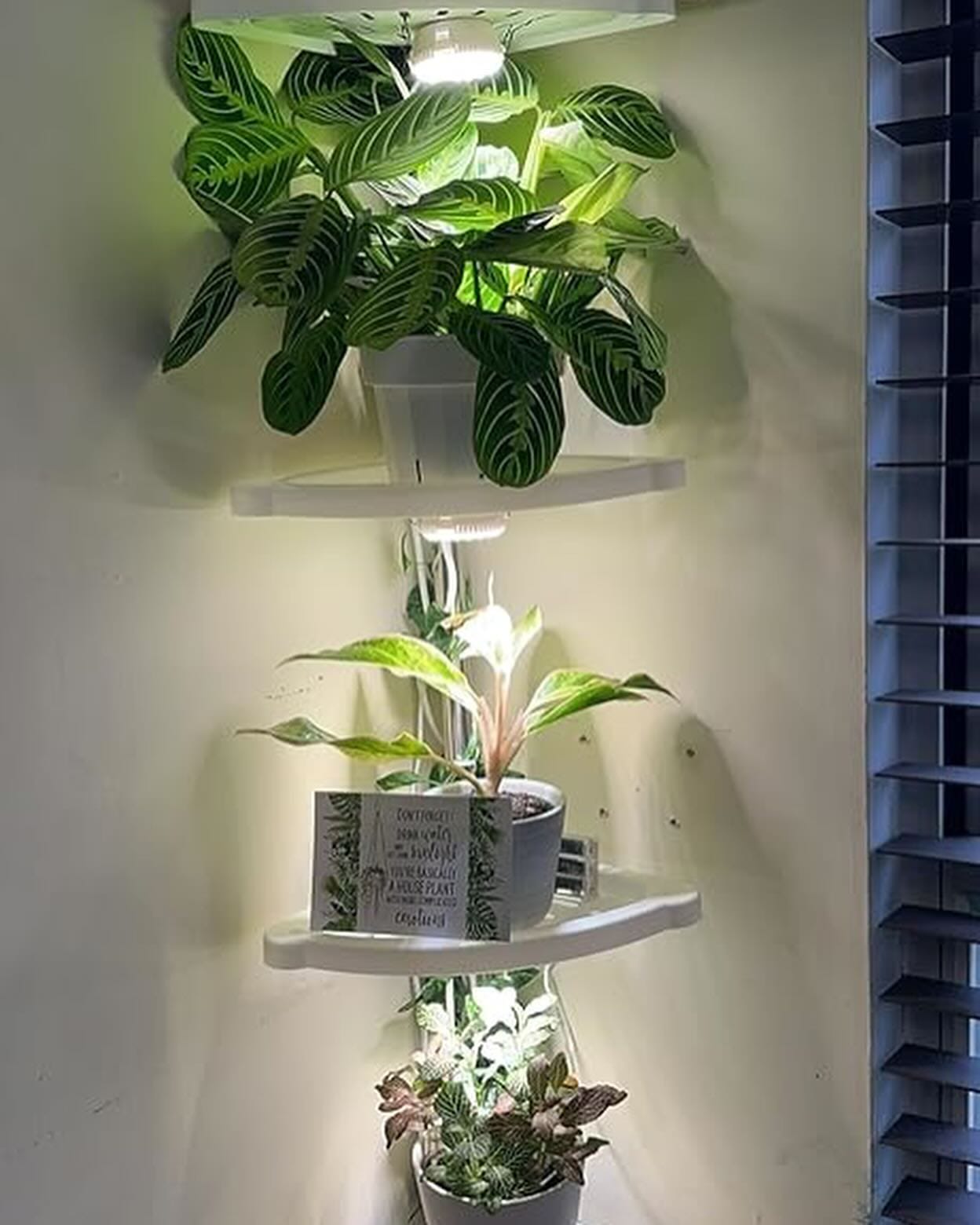
Light tubes, or sun tunnels, channel natural light from the roof into interior spaces. They are a cost-effective alternative to skylights and can brighten up dark corners where plants are placed. Light tubes are easy to install and require minimal maintenance, making them a practical choice for plant enthusiasts.
16. Use Solar-Powered Grow Lights
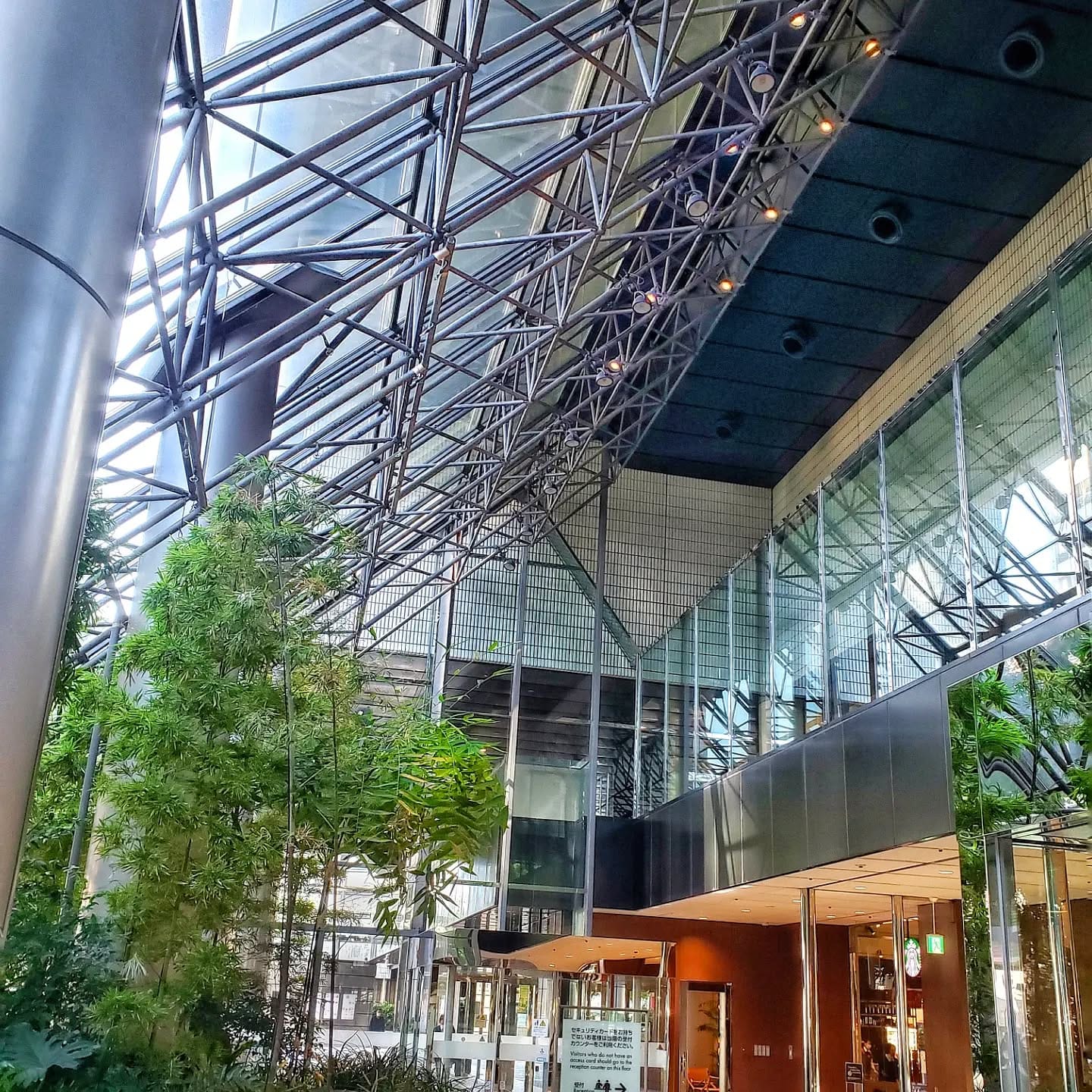
For those with limited natural light, solar-powered grow lights can supplement your plants' needs. These eco-friendly options harness sunlight during the day and provide additional light during low-light periods. Position them strategically to ensure your plants receive consistent illumination, promoting healthy growth all year round.
17. Create a Sunroom

A sunroom is the ultimate space for maximizing natural light. With large windows and a bright, open design, sunrooms offer an ideal environment for plants to thrive. If you have the resources, consider adding this feature to your home. It can serve as a serene retreat while providing your plants with the perfect conditions for growth.
Final Thoughts
Maximizing natural light for your plants is simpler than you might think. By employing these strategies, your plants will not only survive but thrive, showcasing their full beauty. Whether it's rearranging furniture, installing skylights, or simply cleaning your windows, each action contributes to a healthier, more vibrant plant life. Start implementing these tips today, and watch your indoor garden flourish. Your plants—and your living space—will thank you for it!
